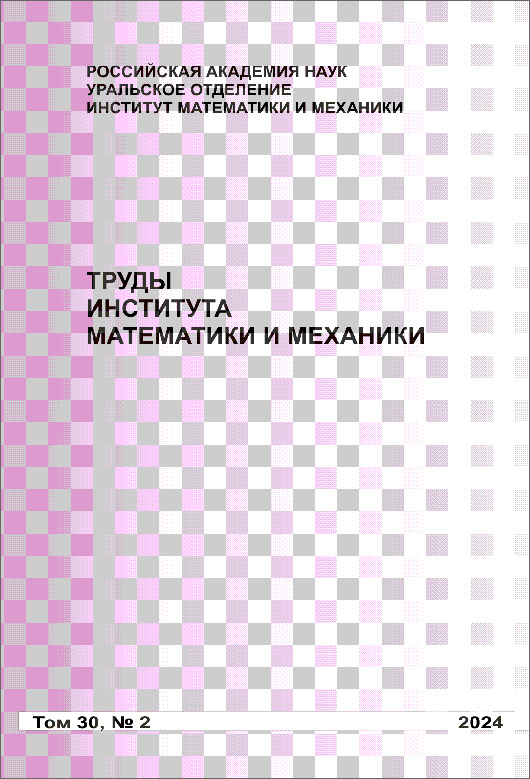|
|
Trudy Instituta Matematiki i Mekhaniki UrO RAN, 2010, Volume 16, Number 5, Pages 297–307
(Mi timm633)
|
 |
|
 |
Nonlinear stabilizer constructing for two-sector economic growth model
A. M. Tarasyev, A. A. Usova
Institute of Mathematics and Mechanics, Ural Branch of RAS
Abstract:
This paper is devoted to create optimal trajectories in the model which balances growth trends of investments in capital and labor efficiency. The model is constructed within the framework of classical approaches of the growth theory. It is based on three production factors: capital, educated labor and useful work. It is assumed that capital and educated labor are invested endogenously, and useful work is an exogenous flow. The level of GDP is described by an exponential production function of the Cobb–Douglas type. The utility function of the growth process is given by an integral consumption index discounted on the infinite horizon. The optimal control problem is posed to balance investments in capital and labor efficiency. The problem is solved on basis of dynamic programming principles. Series of Hamiltonian systems are examined including analysis of steady states, properties of trajectories and their growth rates. A novelty of the solution consists in construction of nonlinear stabilizers arranged on the feedback principle which lead the system from any current position to an equilibrium steady state. Growth and decline trends of the model trajectories are studied for all components of the system and their proportions including: dynamics of GDP, consumption, capital, labor efficiency, investments in capital and labor efficiency.
Keywords:
optimal control, nonlinear control system, nonlinear stabilizer, economic systems.
Received: 12.03.2010
Citation:
A. M. Tarasyev, A. A. Usova, “Nonlinear stabilizer constructing for two-sector economic growth model”, Trudy Inst. Mat. i Mekh. UrO RAN, 16, no. 5, 2010, 297–307
Linking options:
https://www.mathnet.ru/eng/timm633 https://www.mathnet.ru/eng/timm/v16/i5/p297
|

| Statistics & downloads: |
| Abstract page: | 309 | | Full-text PDF : | 107 | | References: | 52 | | First page: | 5 |
|




 Contact us:
Contact us: Terms of Use
Terms of Use
 Registration to the website
Registration to the website Logotypes
Logotypes








 Citation in format
Citation in format 